27%
HUM




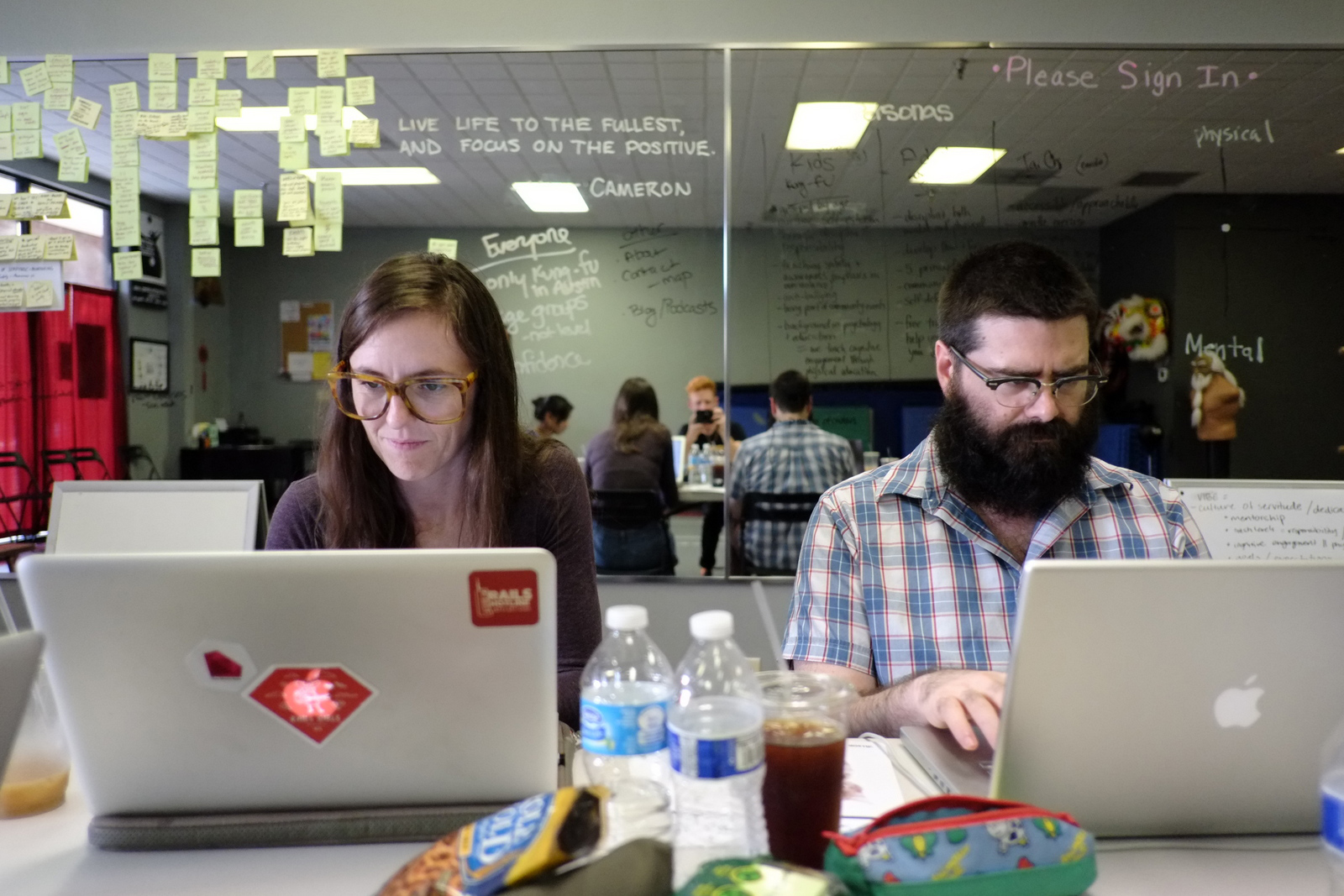
I enjoy working with other talented people under difficult contraints. When a full design process isn't possible, people tend to let go of many of the mental obstacles they grapple with in a long-term project and just focus how their talents apply to the task at hand. While I think process is a very important part of creativity, I also believe it's crucial to be willing to intuitively adjust or altogether abandon parts of the design process if they aren't well suited to the contrainsts of a project. I had the opportunity to work with five other designers (above) to put everything we had for one day into redesigning a website for a local business (below).
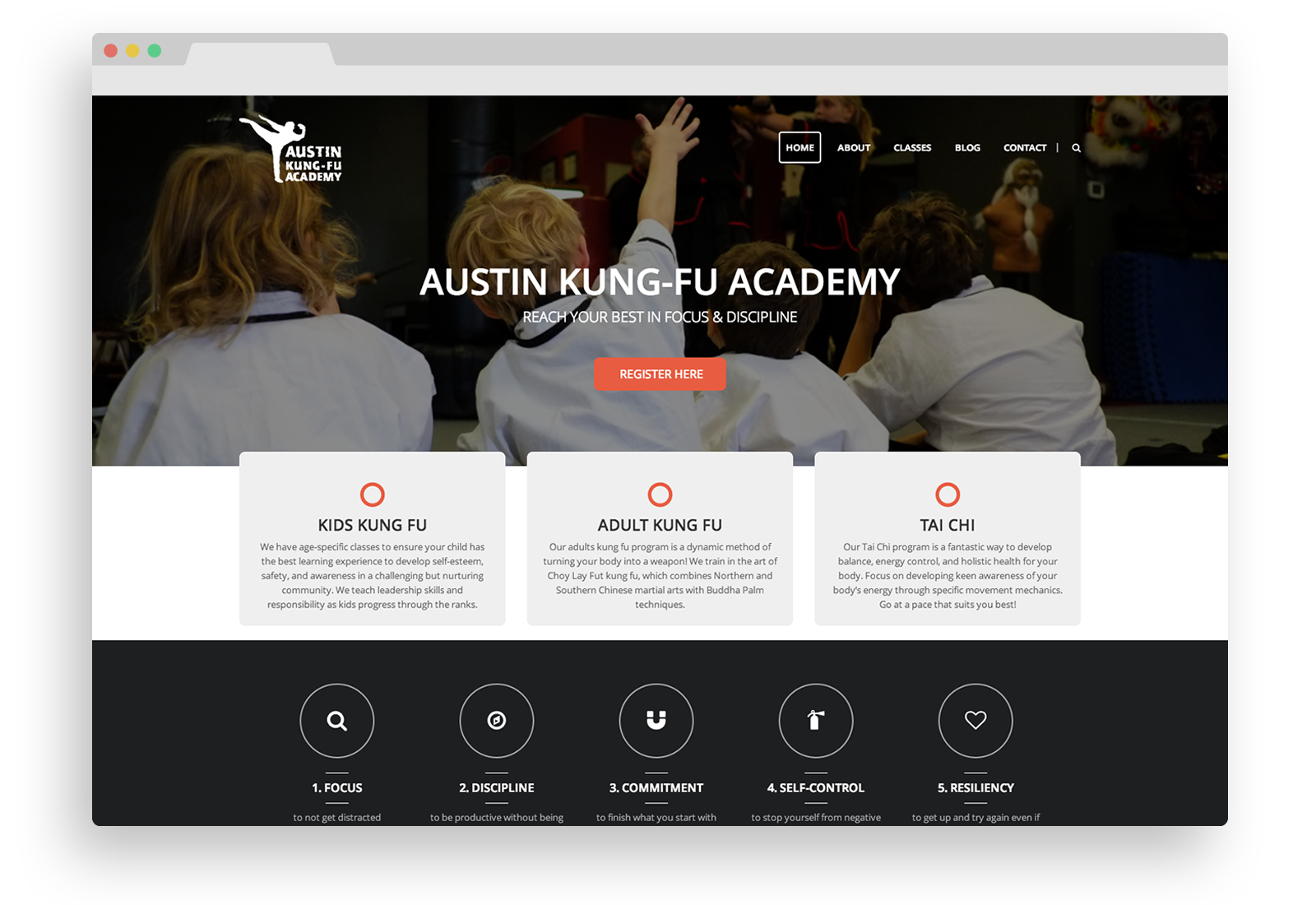
"When moves function in an exploratory way, the designer allows the situation to ‘talk back’, causing the designer to see things in a new way - to construct new meanings and intentions. It is only in within the framework of an appreciative system - with its liking, preferences, values, norms, and meanings - that design experimentation can achieve a kind of objectivity."
- Donald Schon

At high fidelity, the tone and voice of a design start to emerge.

Visual representations of an entire system (above) highlight design priorities and encourage me focus on the most important aspects of the system in the initial designs (below).
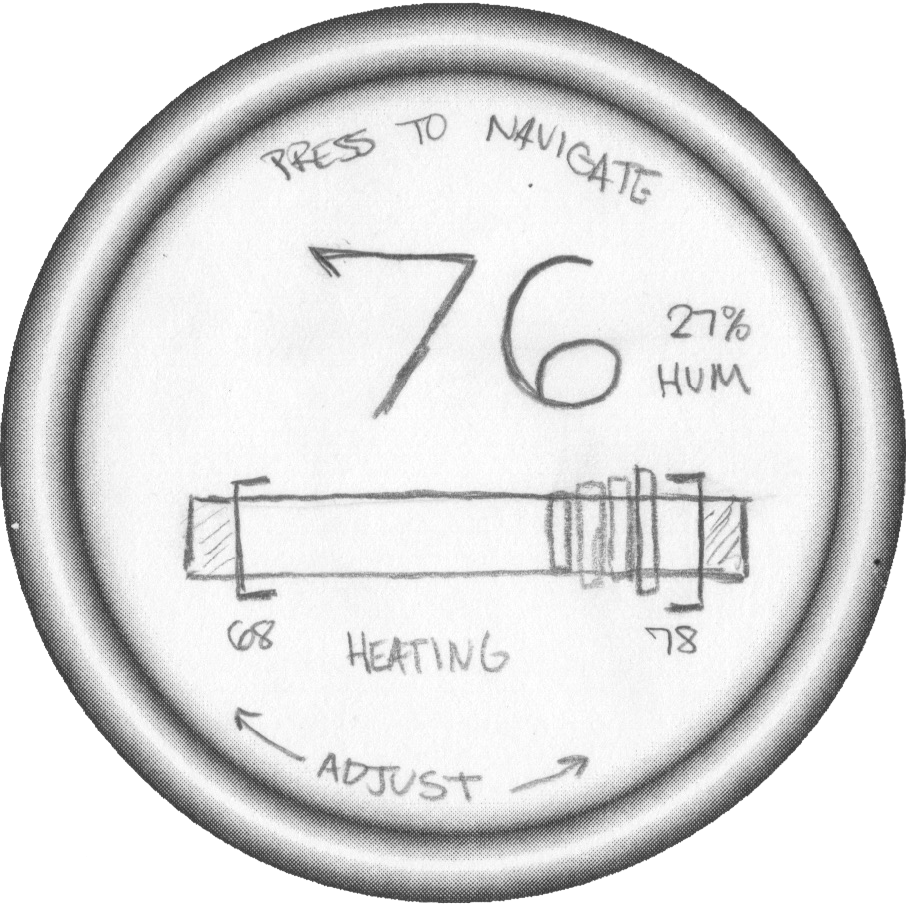

Storyboards help me explore the affective aspects and emotional context of an idea. They are also effective at visually communicating the core concept to others. Visual representations make it easier to emotionally project ourselves and others into a new idea.
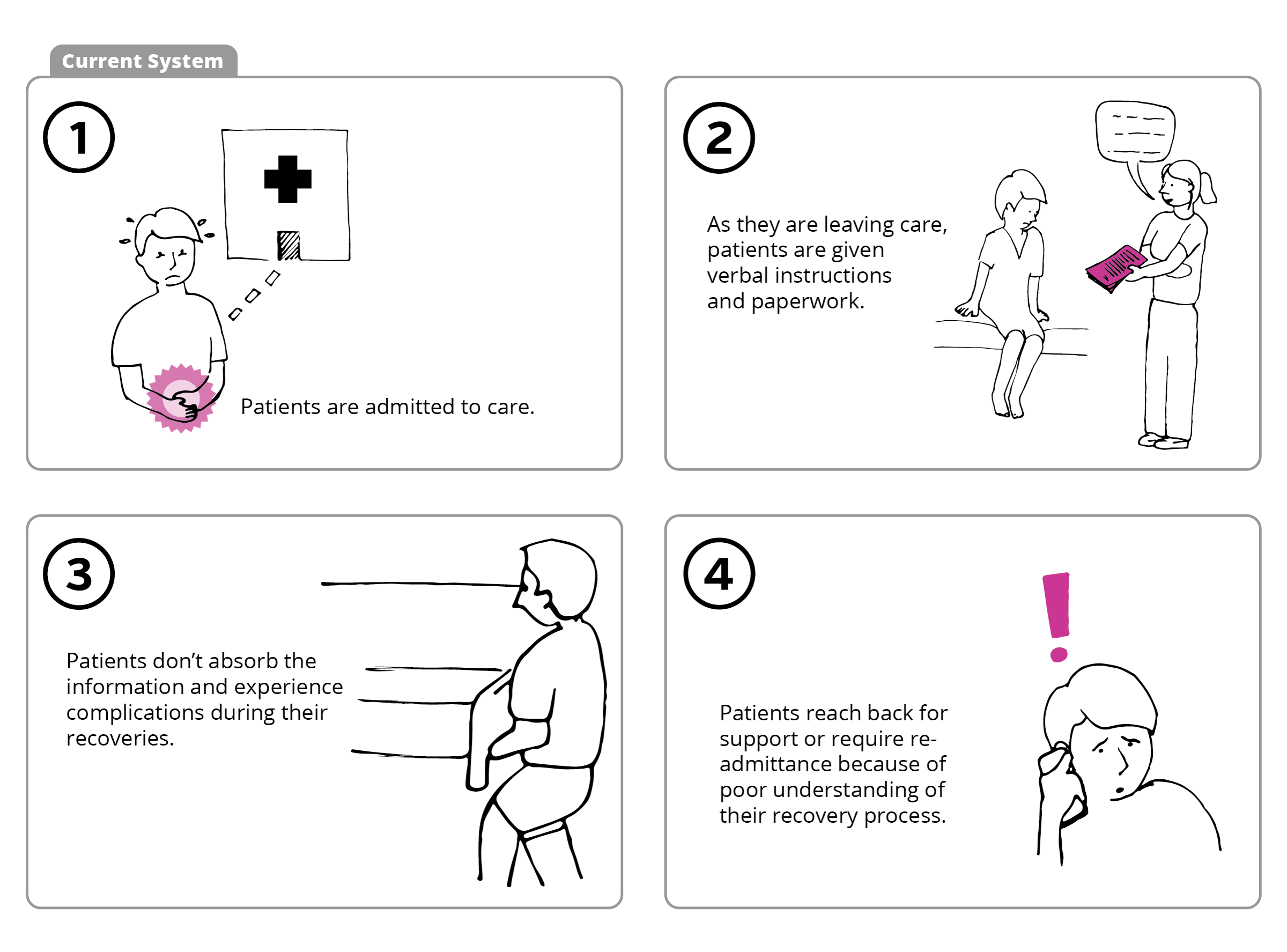
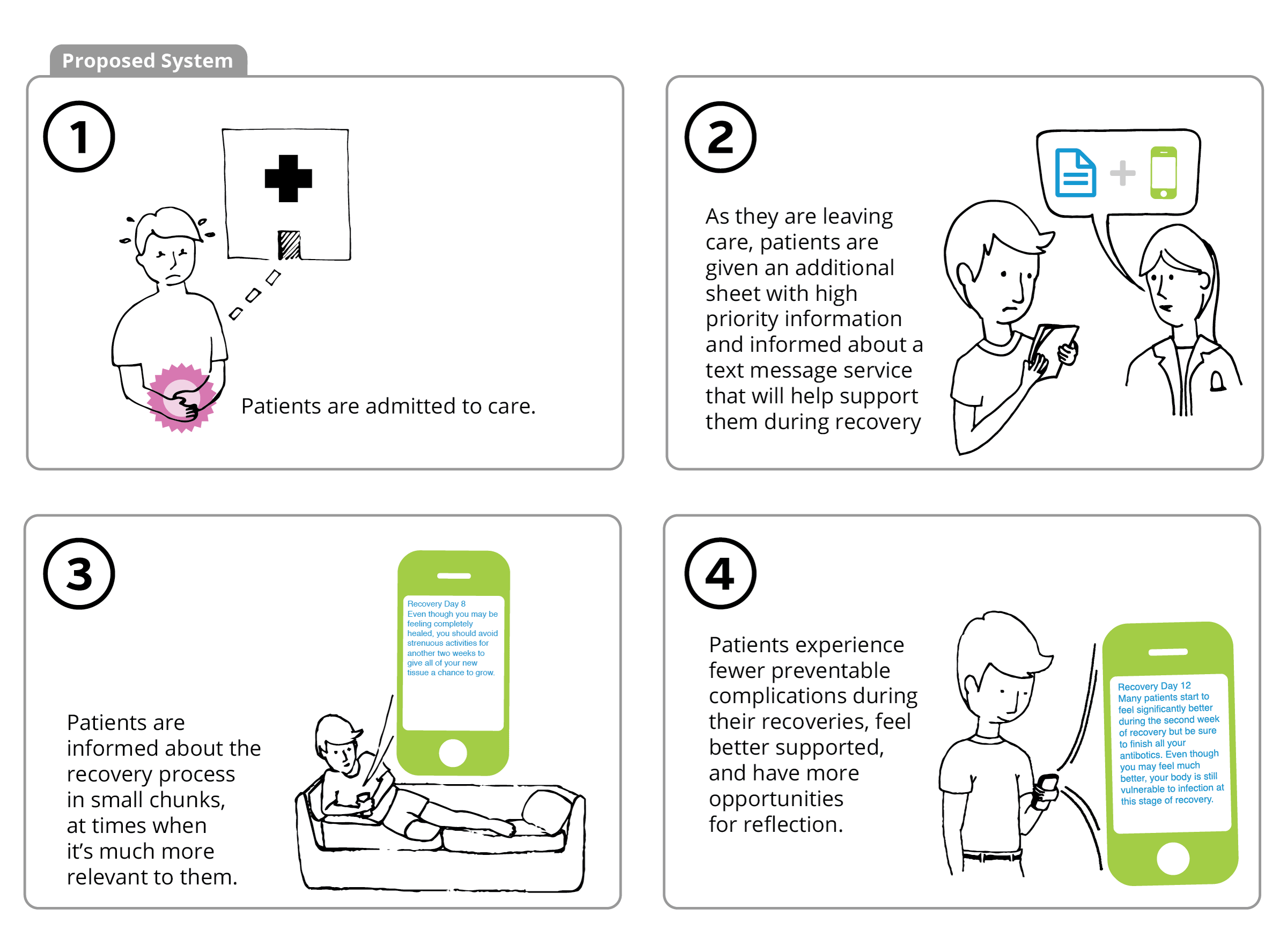
"Although many interaction designers recognize the importance of building interactive frameworks that encourage affective discourse in the systems they are designing, they often fail to define the same need in their own sense-making process. By externalizing ideas into the world and making them actual, designers create the opportunity for a perceptual layer between new ideas and existing ones. Abductive logic can be strengthened during this process by focusing on iconic representations that facilitate new projections and sense-making into the design."
Read more
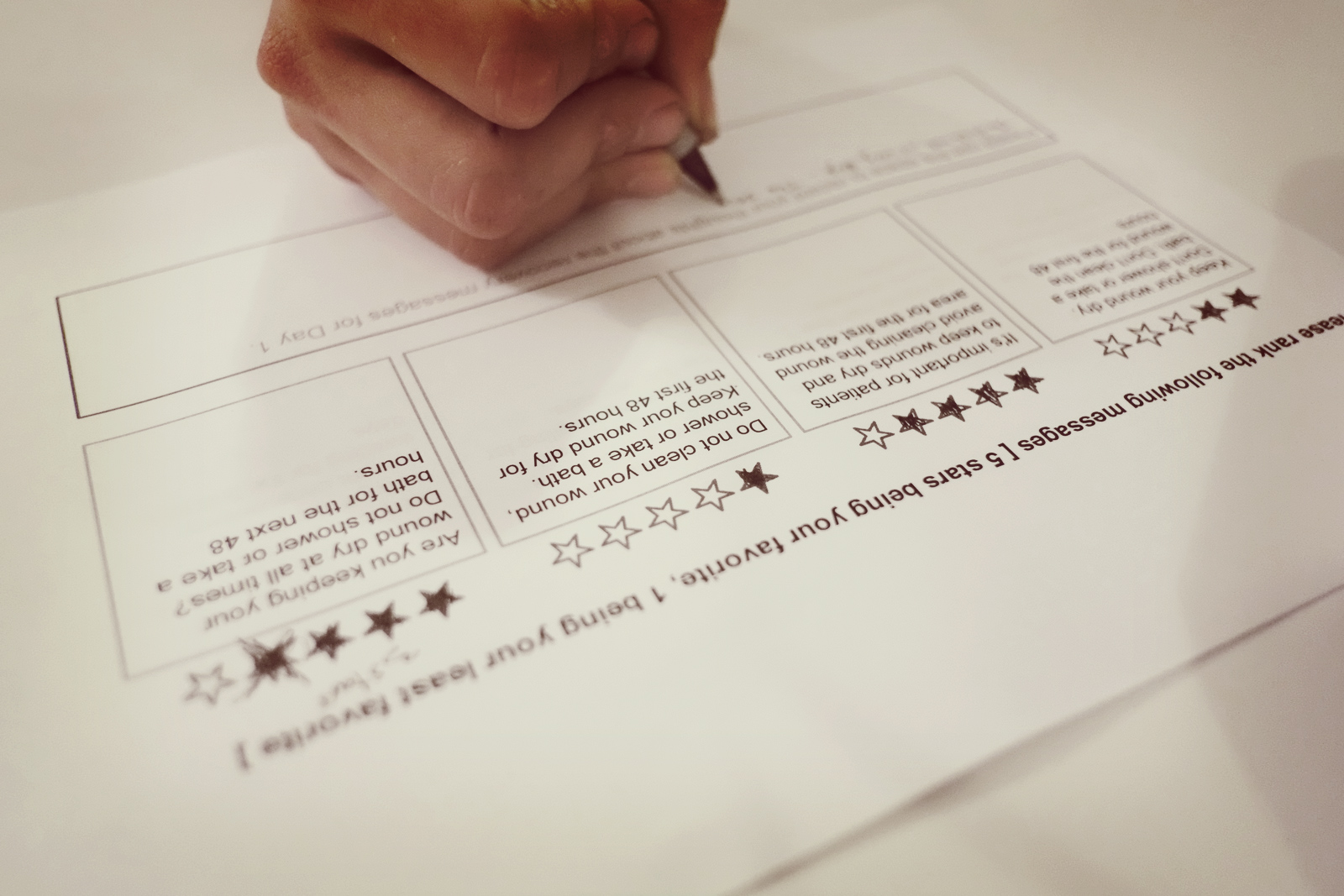
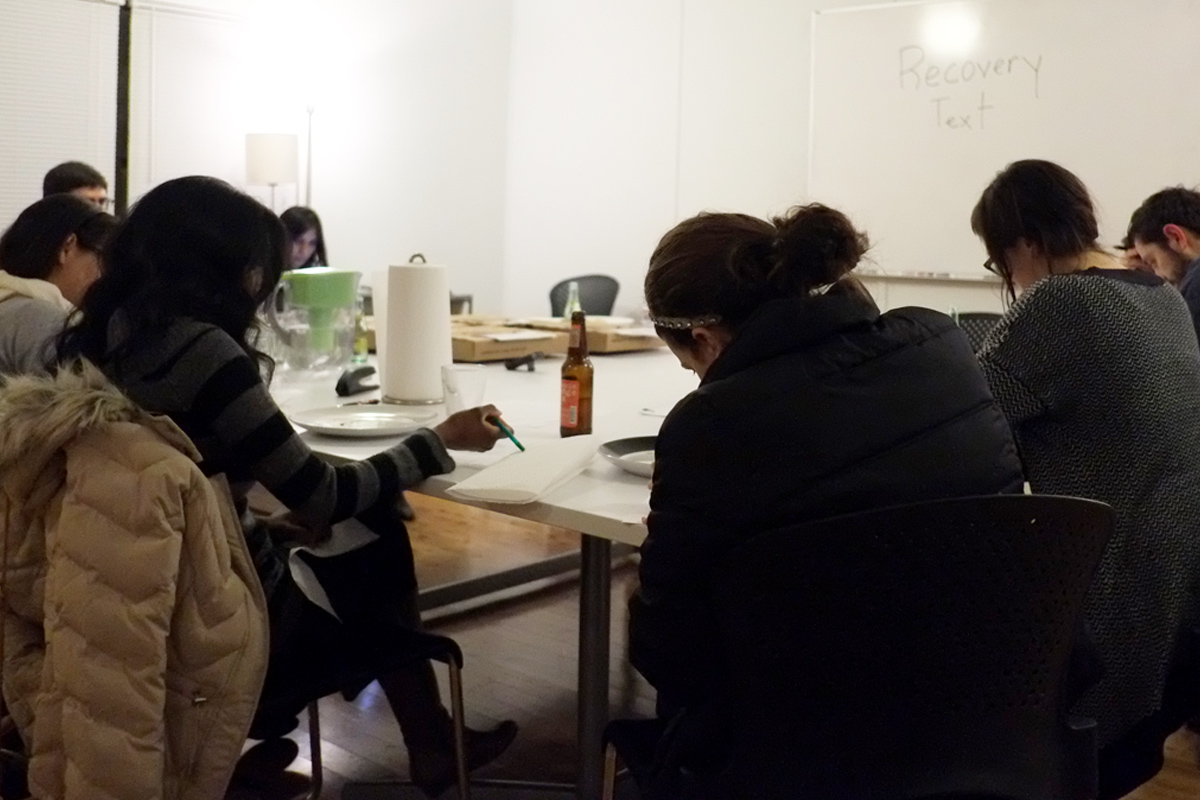
As a design grows from research implications to concept to prototypes, it's crucical to get the idea in front of people and validate the concept, content, and usability through testing. Testing techniques should be based on the stage and needs of the project.
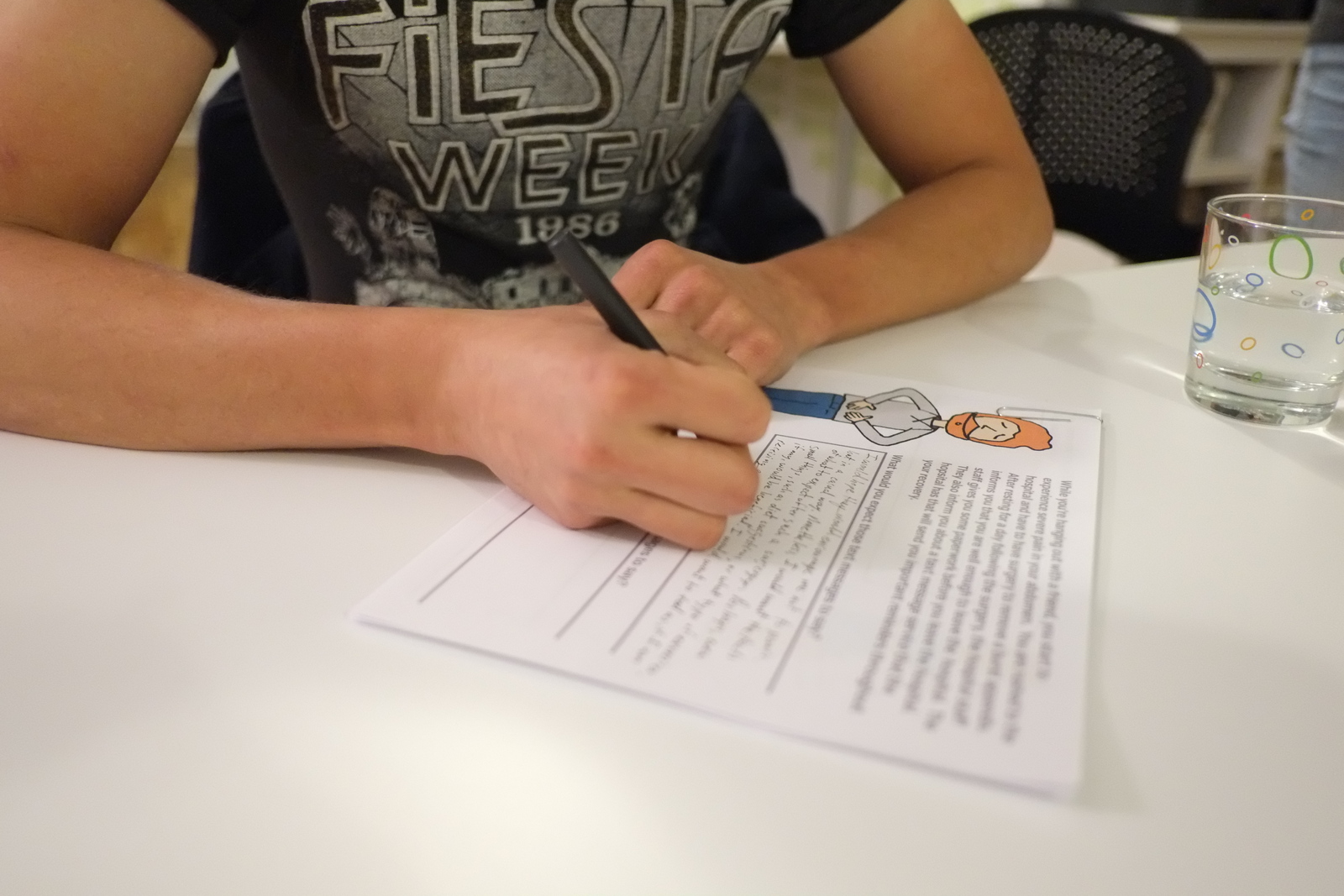
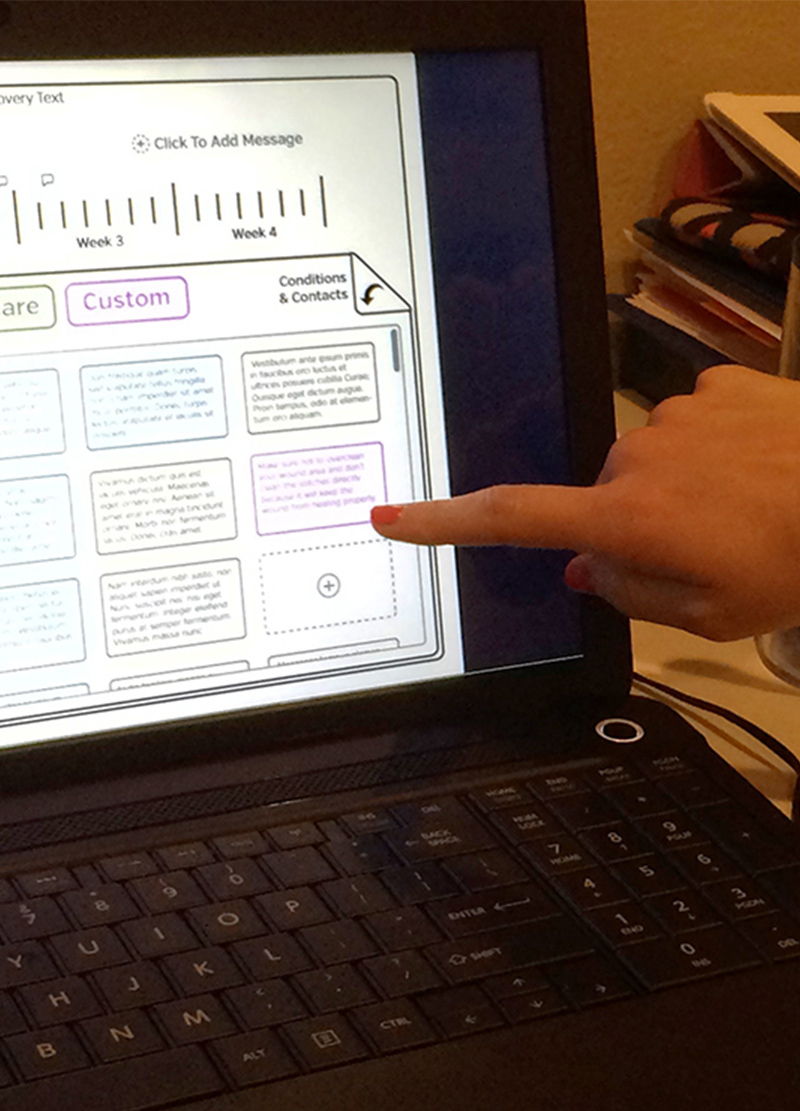
I create low tech prototypes that allow me to quickly put ideas in front of users to test the most important interactions. Rapid prototyping is most effective with this sort of feedback early and often because it helps me avoid major problems before they have become integral parts of the design.
"As a designer externalizes subjective ideas and iteratively layers new explorations on top of each other, the designer creates a dialog with the system that allows for experimentation within constraint. This type of problem solving is non-linear and highly subjective but as the system gains definition it takes on a nature that the designer is able to balance his/her decisions against. In this sense, design is the less about problem solving and more about solution articulation."
Read more